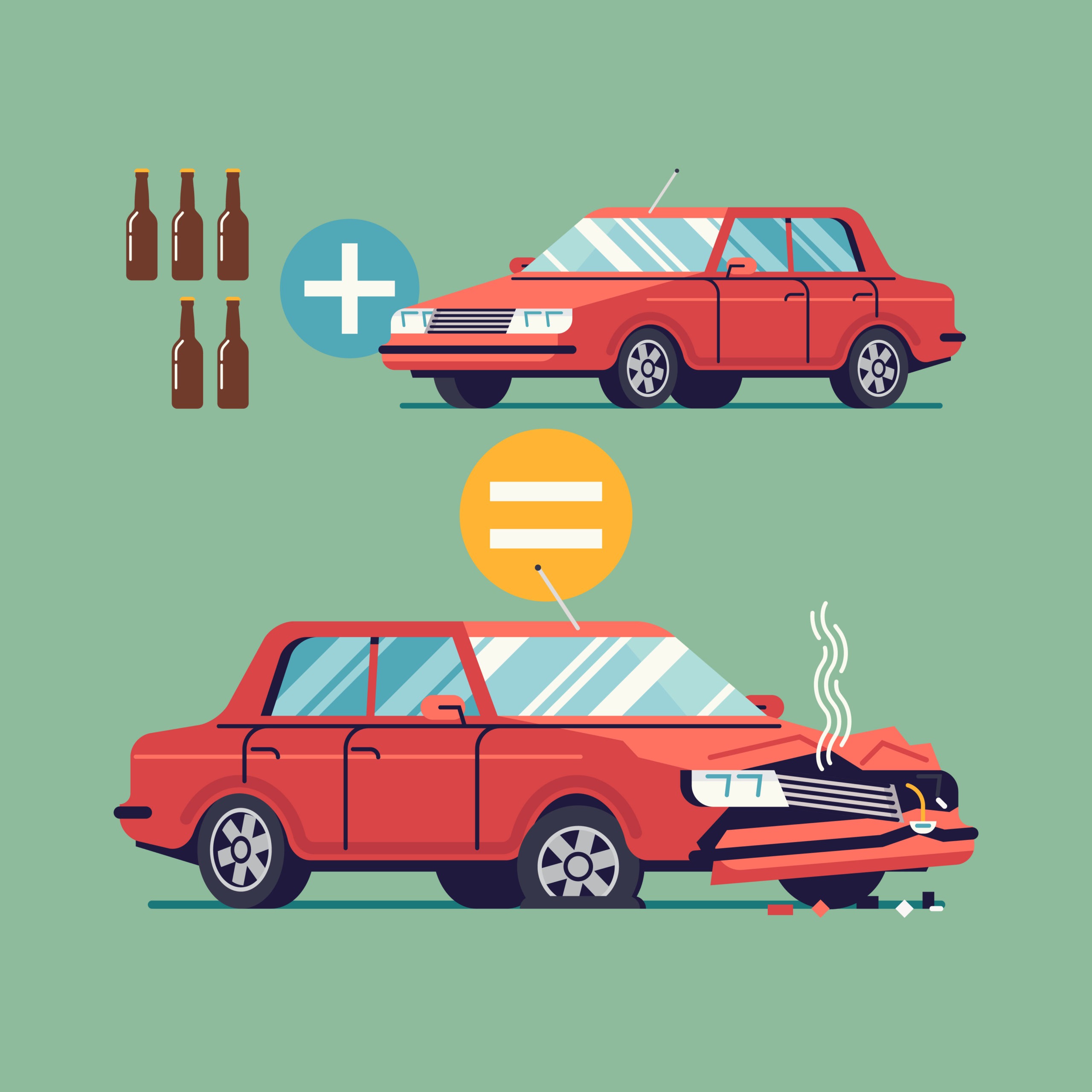
Evaluation of State Interlock Programs: Interlock Use Analyses From 28 States, 2006-2011
There are some terrifying numbers as it applies to DWIs – alcohol-impaired driving crashes in the United States accounted for 31% of all motor vehicle fatalities in 2012, which led to the death of 10,322 people. So where do interlock systems come into play? These unique systems are known officially as ignition interlocks and are breath-test devices installed in the cars of those who have been convicted of DWIs, and are connected to vehicle ignitions. The point is for a driver to provide a breath sample below a state-established set point to start their vehicle.
Some Important Statistics
- Most states will use a blood alcohol concentration set point of .02 grams per deciliter with an interlock system.
- Interlocks are effective in reducing recidivism by a median of 67%.
- The proportion of convicted offenders who install interlocks is low. In 2013, the number of interlocks in use was 300,000. Approximately 1.4 million people are arrested for DWI yearly, however. This means that only 21% of people install interlocks.
- Georgia had the fewest interlocks at 2,308, while Texas had the most at 33,064.
It has been found that there are some things that many states need to take into consideration. The following must be done to achieve and sustain high interlock use:
- Start with a program design of strong interlock requirements and incentives. There should also be penalties for those who do not comply with the rules.
- Strong program management should include monitoring, uniformity, coordination, and education.
What do we know about interlock use?
Unfortunately, many offenders who are required to install an interlock fail to do so. The number of interlocks in use has nearly tripled in the past 7 years, from about 101,000 in 2006 to an astounding 210,000 in 2010 and 313,000 in 2013. However, it is estimated that 1,400,000 people or more were arrested for DWI in 2010 alone. This means, at most, 15-20% of those arrested in 2010 actually installed the interlock systems. This means that the interlock use was quite low. The way that we can collect efficient data is that interlocks can be counted by the number of interlocks installed in a year or in use at any given time during a year. However, these measures will always differ because the length of an offender’s interlock requirement will vary from about 6 months to 2 years.
Program Successes
Many states have been aware of obstacles that they may face with interlock programs and what they can do to overcome said obstacles. When it comes to program successes, program design led to legislative changes. As state interlock programs are evolving, states are learning what works and what doesn’t. States have been working on improving their interlock laws and programs in recent years. They have also worked toward closing loopholes in their programs. From the years 2006 to 2011, 3 states have added an interlock requirement for first offenders, and 4 states have added interlock requirements for repeat or high-BAC offenders.
Most Recent Interlock News
In 2009, interlocks were required for repeat offenders as a condition of license reinstatement. However, in July 2012, the interlock requirement was extended to all first offenders with a restricted license for at least 6 months.

















